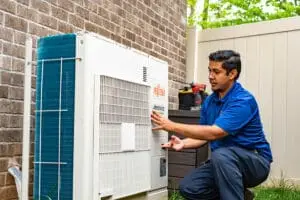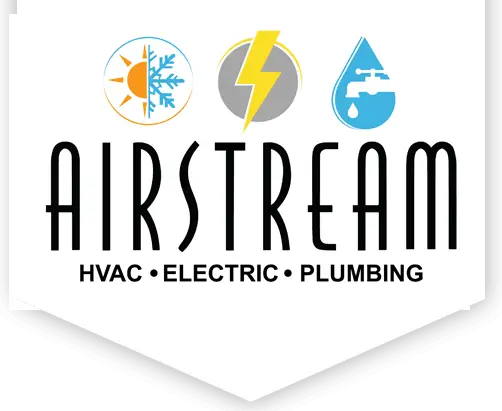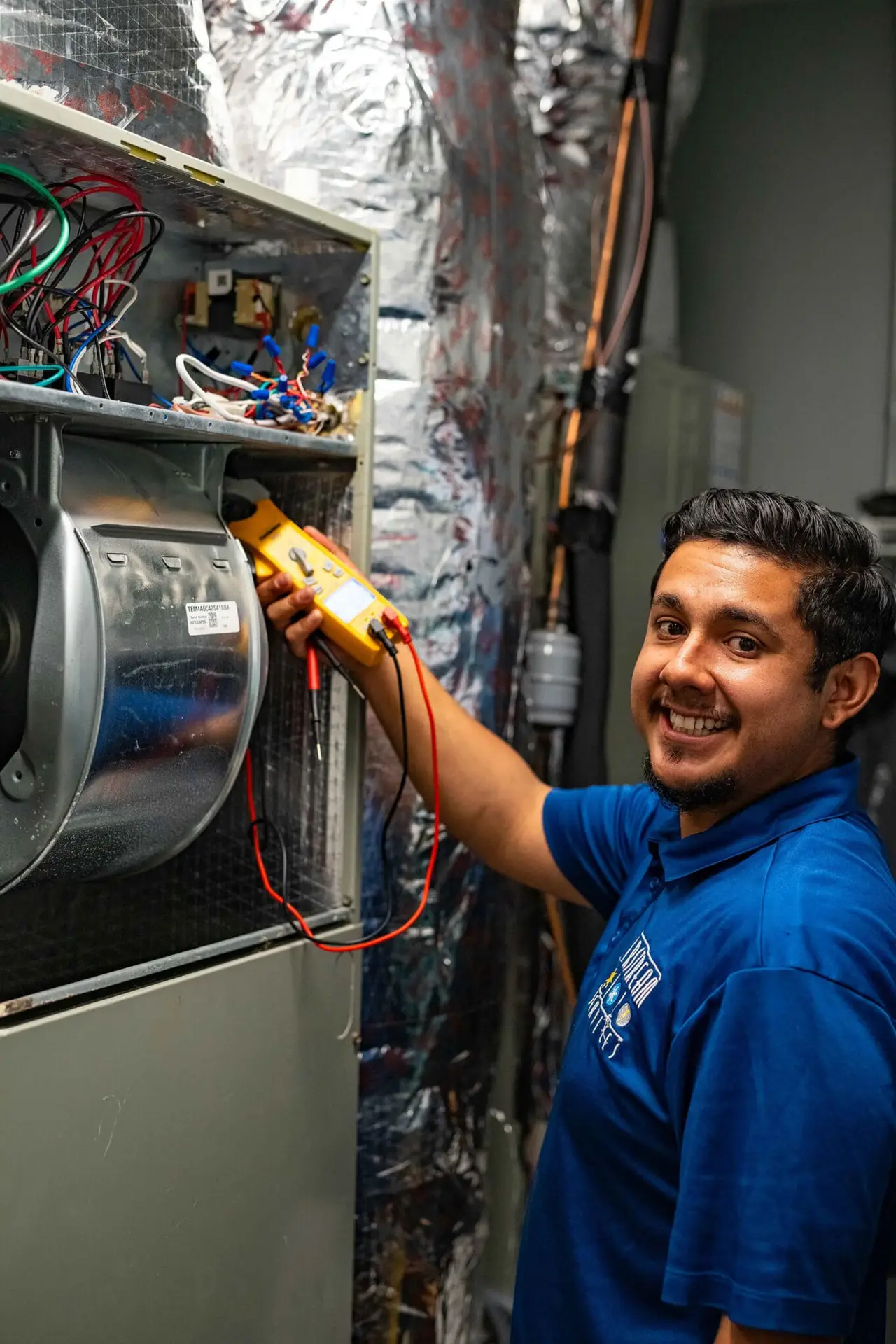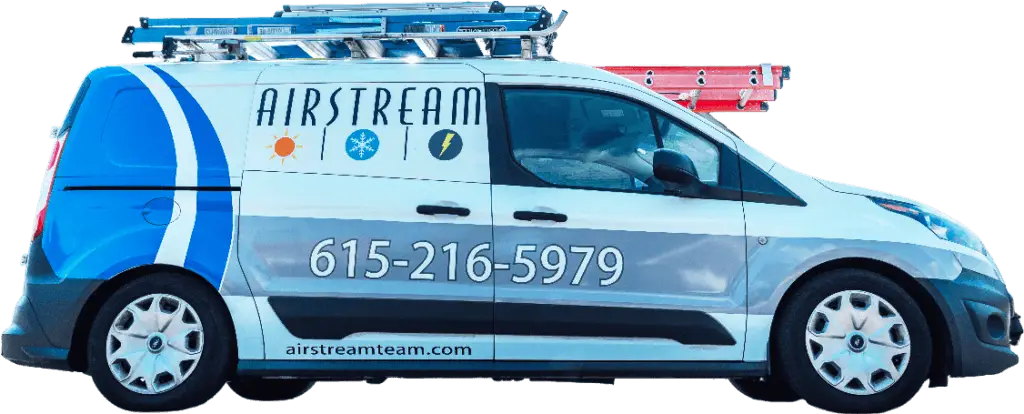
Optimize Your HVAC System to Minimize Summer Energy Bills
Hi there, I’m a contractor from Airstream Services, and today I’m excited to share with you how you can optimize your HVAC system and reduce those hefty summer energy bills. As a homeowner, you know that an inefficient HVAC system can cause problems like high electric bills, uneven temperatures, and even water damage. The purpose of this article is to walk you through proven strategies and routine maintenance tips to achieve maximum efficiency. Throughout the article, I’ll cover everything from regular maintenance to system upgrades and smart home integrations. We’ll also review the latest research on HVAC performance and discuss actionable steps you can take to lower energy usage. Stick with me as we dive into practical advice backed by solid data and real-life examples, all while using local HVAC industry keywords like ceiling, smart thermostat, energy usage, and more. By the end of this guide, you’ll have a clear plan that can save you money, boost your comfort, and prolong your system’s life. Let’s get started on making your home not only more comfortable but also more energy efficient.
Improve HVAC Efficiency With Regular Maintenance Practices
Maintaining your HVAC system through regular maintenance practices is one of the best investments you can make to ensure efficient performance during those hot summer months. In my years as a contractor, I’ve seen how simple upkeep not only saves money on energy bills but also extends the lifespan of critical components like compressors, filters, and ductwork. Regular maintenance reduces wear and tear, prevents issues before they become expensive repairs, and optimizes overall system performance. For a comprehensive guide, refer to this HVAC maintenance checklist provided by ENERGY STAR.
Seal Your Home to Prevent Energy Loss and Reduce Bills
Sealing your home properly is a fundamental step in maximizing your HVAC system’s efficiency. Air leaks through windows, doors, attics, and crawl spaces can cause significant energy loss, making your HVAC work harder than necessary. I’ve seen many instances where small leaks lead to big energy bills and uneven comfort levels throughout a house. Learn more about effective techniques for air sealing your home from the U.S. Department of Energy. By taking a proactive approach to sealing and insulating your home, you can reduce thermal bridging and improve indoor air quality while saving money on your electric bill.
Optimize Thermostat Settings for Summer Comfort and Savings
When it comes to maintaining a comfortable home during the sweltering summer months without breaking the bank, your thermostat settings play a crucial role. I’ve found through years of working with homeowners that a well-programmed thermostat can lead to significant energy savings over time. By adjusting your temperature settings based on your daily routine and external weather conditions, you can enjoy comfort and efficiency simultaneously. This section covers how to optimize your thermostat settings, use programmable features, and integrate smart home technologies to make real-time adjustments, ultimately reducing your HVAC energy consumption.
Upgrade to Energy-Efficient HVAC Equipment for Long-Term Savings
Upgrading your HVAC equipment is one of the most impactful investments you can make for both comfort and long-term savings. While routine maintenance and smart thermostat settings are essential, they work best when your equipment is up-to-date with the latest energy-efficient technologies. Over time, older HVAC systems tend to lose efficiency due to wear and tear, dated components, and outdated technology. Replacing them with energy-efficient models means you’ll not only lower your monthly energy bills but also benefit from enhanced performance and improved indoor air quality. Modern HVAC systems feature advanced components such as variable-speed blowers, smart sensors, and energy-efficient compressors, reducing electricity consumption and minimizing environmental impact.
Use HVAC Zoning to Maximize Comfort and Minimize Costs
HVAC zoning is a system design that divides your home into separate areas, or zones, each with its own thermostat and tailored heating or cooling requirements. Zoning allows for more precise temperature control, meaning you can customize your environment to suit different rooms’ usage patterns and occupancy levels. This is especially beneficial in larger homes or those with unique layouts where different areas may have varying comfort needs. With proper zoning, you are not wasting energy cooling unoccupied spaces, resulting in lower energy bills and a more balanced indoor climate.
Implement Smart Home Technologies for Efficient HVAC Use
Integrating smart home technologies with your HVAC system is a game changer for modern homeowners looking to optimize energy usage and enhance comfort. By connecting your HVAC system to your home automation network, you gain precise control over your system’s performance. Smart technologies allow for remote monitoring and real-time adjustments, ensuring that your system runs only when necessary. From energy usage monitoring to automated scheduling, these tools can drastically reduce energy waste, lower your electric bill, and extend the lifecycle of your HVAC equipment. In my experience, smart home integrations have helped numerous clients achieve significant energy efficiency improvements and create a more comfortable living environment.
Final Thoughts
Optimizing your HVAC system requires a combination of regular maintenance, strategic upgrades, and the integration of smart technologies. By addressing air leaks, upgrading to energy-efficient equipment, and using smart home tools to monitor and control usage, you can significantly reduce your summer energy bills. These measures not only save money but also enhance indoor comfort and improve system longevity. If you’re looking to make these changes in your own home, consider reaching out to Airstream Services for expert guidance and professional support.




